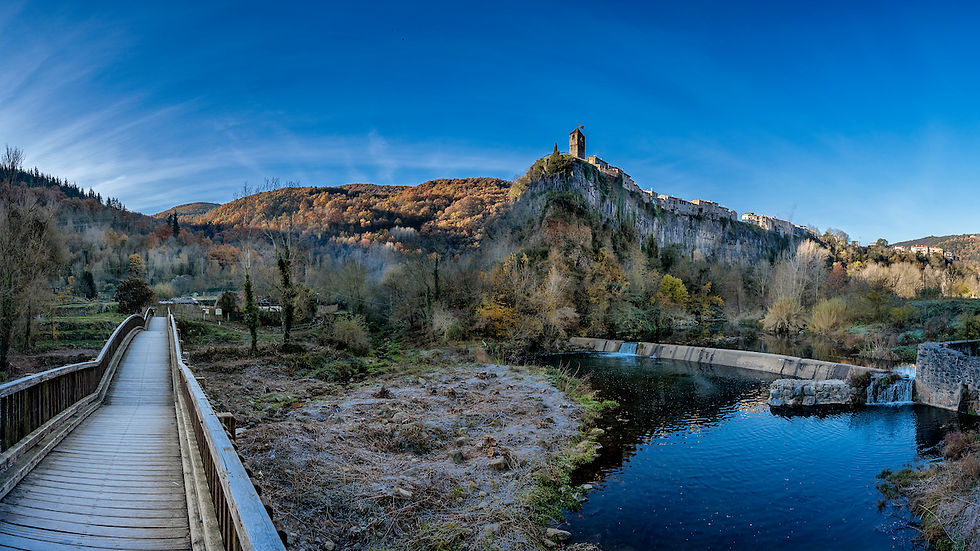The Catalan Pyrenees from the summits to the sea
- Green Traveller

- Aug 10, 2017
- 1 min read
Updated: Jul 11, 2023
From the sandy beaches and coastal towns of Costa Brava to the snowy forests and towering peaks of Val d’Aran, Greentraveller’s bloggers Richard Hammond and Holly Rooke travelled with photographer Christopher Willan through the wonderfully diverse landscapes of northern Catalonia into the Pyrenees. The trip was featured on Twitter and Instagram using the hashtags #CatalunyaExperience #Visitpirineus. Below are some of the highlights of the trip, including a short film we produced.
This video shows highlights from our 12-day trip in Catalonia, from the sandy beaches and coastal towns of Costa Brava to the snowy forests and towering peaks of Val d’Aran. Filmed by Greentraveller Productions












Compiled by Richard Hammond and Holly Rooke with additional research by Florence Fortnam. Photos by Christopher Willan.
==
Disclosure: Richard Hammond, Holly Rooke and Christopher Willan were guests of the Catalan Tourist Board. Richard and Holly had full editorial control of the review, which is written in their own words based on their experience of visiting Catalonia in the winter of 2017 for Greentraveller's Guide to Catalonia. All opinions are the authors' own.



Comments